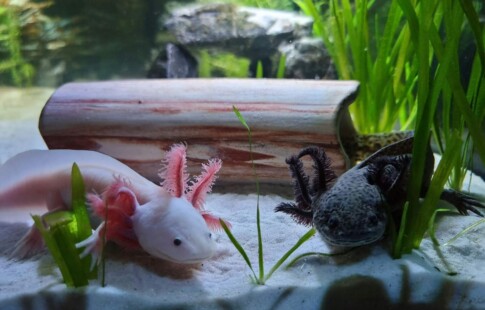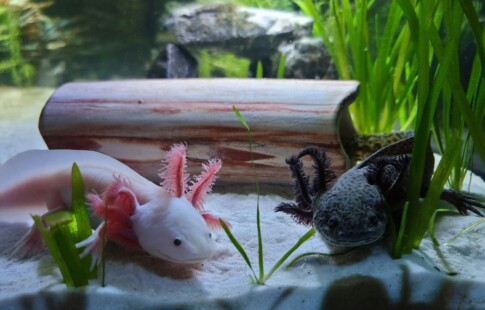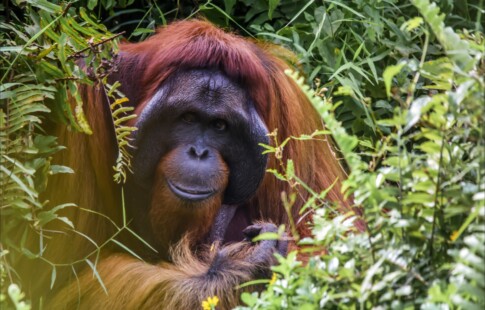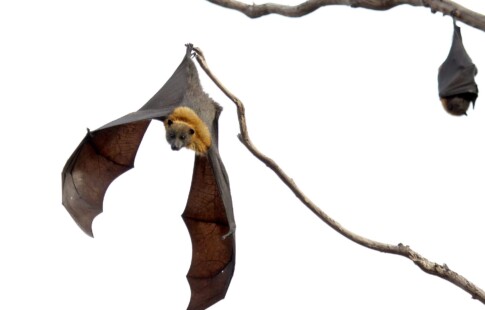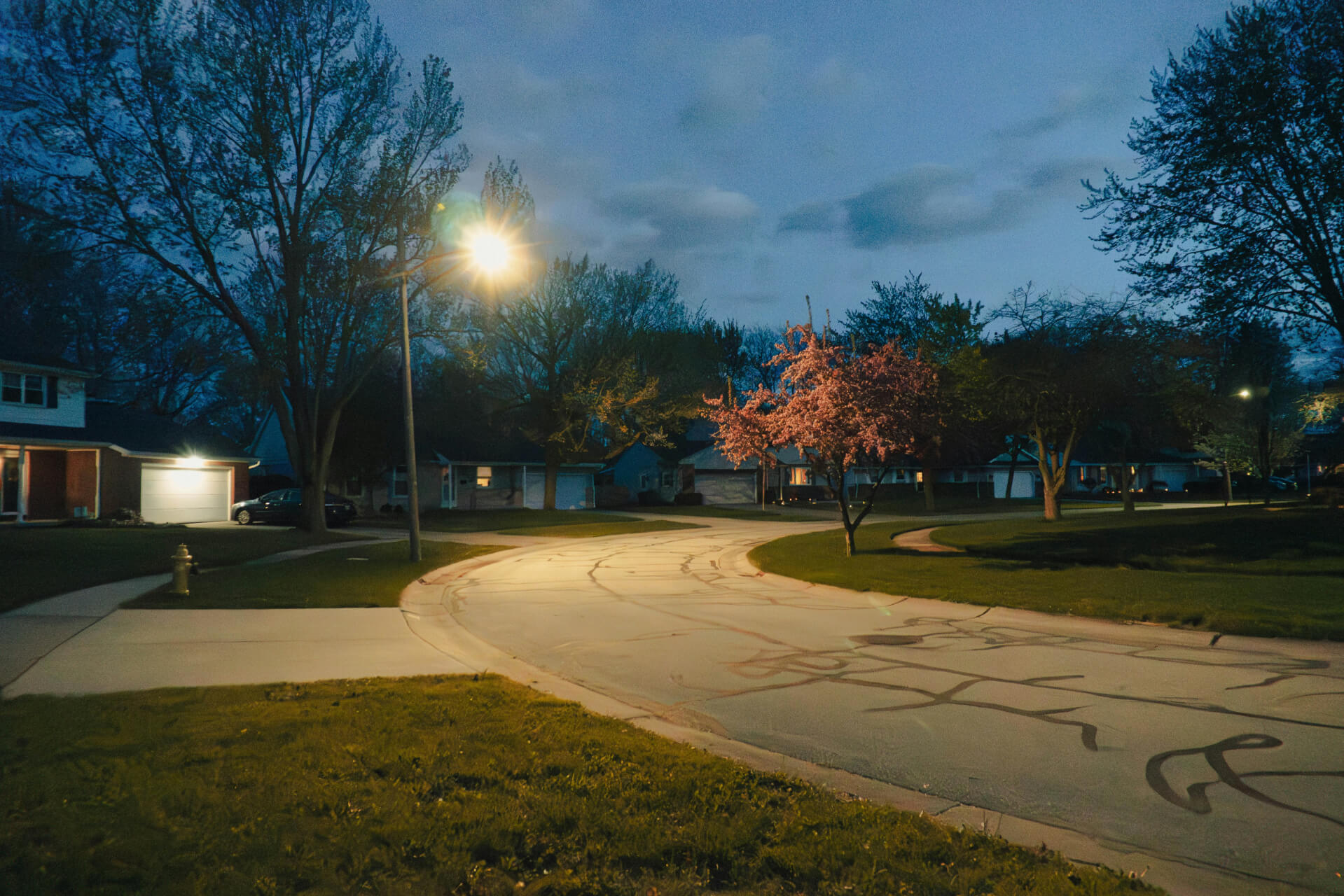
Fading Fireflies and Bewildered Birds: 10 Light Pollution Effects on Animals
We are reader-supported. When you buy through links on our site, we may earn affiliate commission.
Light pollution effects on animals range from mild to severe. They can also tackle many different species — mammalian, amphibian, bird, and insect. Everything in between is susceptible to its influences, but why is it so powerful? Discover what light pollution is and how animals respond to it.
What Is Light Pollution?
Light pollution is when artificial light brightens the night sky and dark environments that would otherwise be unlit. Think about how urbanites rarely see the stars in the sky — it is because the lights from streetlamps, skyscrapers, and technological billboards prevent people from seeing the night’s splendor.
Animals develop and evolve their habits around their environments. When urbanization and anthropogenic influences change these places into bright suburban havens instead of a dark forest, the previous animal residents get confused and start behaving differently.
Predators get used to hunting for prey in the dark of night, and insects are attuned to hear mating calls when all is quiet around them. What happens when the darkness is louder and less secretive?
Here are some notable light pollution effects on animals you may not have realized. They could even be happening in your community right now as the sun sets and the streetlights turn on.
1. Bats
Artificial light compromises many bat behaviors. First, street lights prevent them from communicating effectively. Many rely on echolocation, and this is harder with unexpected light.
This is why they avoid areas with tons of light, which is bad for their foraging habits. Areas once deemed safe and productive for food are now inaccessible to them, preventing them from obtaining consistent meals or roosting.
2. Monarch Butterflies
These precious butterflies are getting fewer in number every year. Research shows prolonged exposure to light pollution alters their flight behaviors, making them erratic and disoriented. They operate on an internal compass that warps in the presence of unexpected light, which can also jeopardize their circadian rhythms.
This is why advocating for dark skies is so important. These are regions where light pollution is regulated and limited to support biodiversity and treasuring natural landscapes in the darkness they were meant to be in.
3. Salmon
Salmon have some of the most notable migration and predator avoidance patterns in the animal kingdom. Light pollution could be compromising the dependable song and dance salmon do every year to protect their numbers. Some species, like the Northwest salmon, are under threat of extinction because their predators rely on sight to hunt. When artificial light at night is more prevalent, it increases the hours in the day when the salmon are visible.
It also impacts many other species of fish, like tuna, whose stress levels shift because of light pollution.
4. Coral
The survivability of coral in high-light conditions depends on its traditional environment. However, coral acclimated to low light suddenly exposed to bright lights puts their biological clocks out of sync. It can also change their skeletal morphology, lowering the ability to maximize photosynthesis during the day.
5. Zooplankton
Zooplankton are, deceptively, some of the most important creatures on planet Earth. They perform a daily movement called the diurnal vertical migration, in which massive amounts of zooplankton move from the surface to deeper waters. This influences predator-prey patterns, and when artificial light makes the surface brighter than normal, the movement shifts and changes these interactions. It can also make them more prone to global warming.
6. Birds
In general, most birds are impacted by artificial light. It forces them to fly in different patterns, leading them astray from their intended destination. They may fly into cities at night, which is still dangerous because of the number of collisions that could occur. Here are some more specific species impacts:
- European blackbirds: Alters reproduction and molting.
- Shorebirds: Impacts foraging for birds that wade in the water.
- Songbirds: Changes when birds sing when lights simulate dawn, which impacts mating.
- Owls: Shifts nocturnal behaviors and chances of hunting success.
7. Fireflies
Many insects die from light pollution because they are drawn to the brightness of these fixtures. It has caused many insect populations to decline over the years, ruining how other animals feed and how well plants get pollinated.
Fireflies use their lights to communicate and reproduce — as well as put on a fantastic light show for families. When artificial light makes it challenging for mates to see, their success rate drastically reduces.
8. Beach Mice
In 2004, many headlines concerned the tiny beach mouse, which forages in the safety of the dark. They do not want to be out and about when predators are feeding, and the darkness is the perfect shield. Considering how many beaches are now tourist areas, full of artificial light, it puts many of these rodents at risk for being eaten when they should be feeding instead.
9. Amphibians
Amphibian hormones are deeply impacted by light. Many croak at nighttime to start breeding rituals, but light pollution in wetland habitats discourages them from singing at the right times. Therefore, frog and toad populations in some regions are on the decline because they have simply stopped reproducing as frequently.
10. Sea Turtles
As mentioned, beaches have become prime areas for light pollution. These are where sea turtles lay their eggs. When the hatchlings enter the world for the first time, the increased artificial light can disorient them to wander in the wrong direction — toward the inland. They become thirsty or get caught by a predator because they couldn’t find the right way to go.
Light Pollution Effects on Animals Around the World
While a streetlight here and there may seem innocuous, installing them everywhere can lead to drastic impacts on animals. They may not move or mate the same. They could even start to sound different or eat things they shouldn’t.
Creatures have spent many years evolving to specific habitats, and light pollution is forcing them to rapidly adapt with minimal preparation. Reducing light pollution and increasing awareness of these concerns are essential for protecting wildlife.
Share on
Like what you read? Join other Environment.co readers!
Get the latest updates on our planet by subscribing to the Environment.co newsletter!
About the author

Steve Russell
Steve is the Managing Editor of Environment.co and regularly contributes articles related to wildlife, biodiversity, and recycling. His passions include wildlife photography and bird watching.
